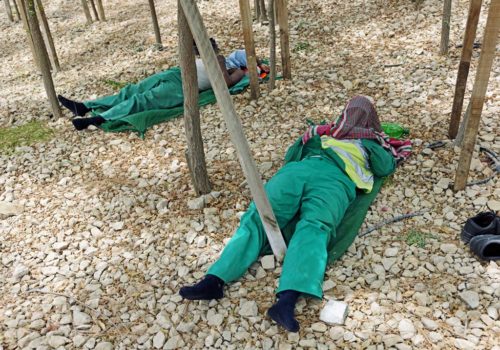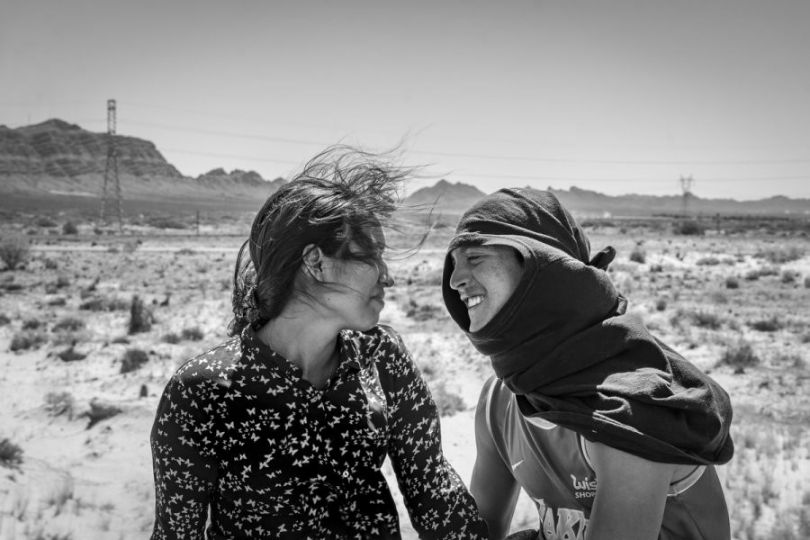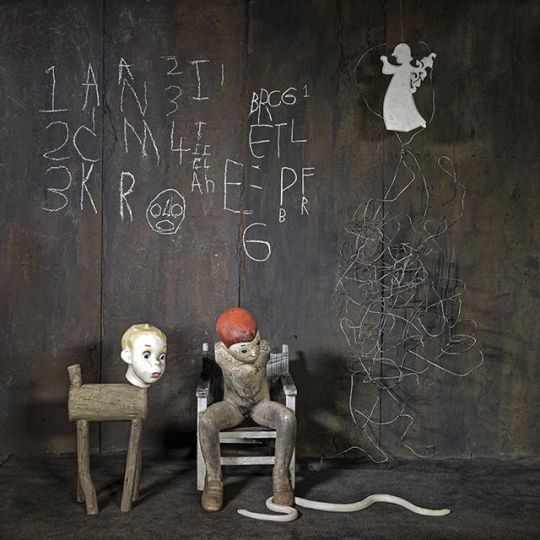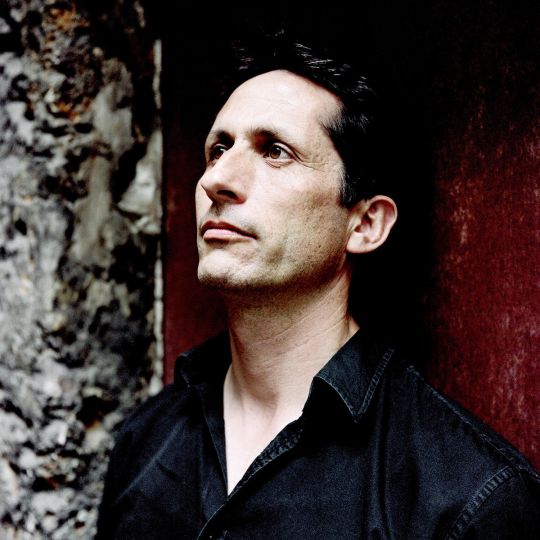These two reportages feature the laureates of the Sophot 2012 contest about social and environmental realities that require both immediate responses and long-term actions. They include blue collar working conditions for voluntary exiles in The Emirates, pictures by Philippe Chancel, and images of Japan several months after the terrible disaster,that take into account the moral, physical and material reconstruction work viewed by Sébastien Lebègue.
WORKERS EMIRATES – Dubaï, Abu-Dhabi – 2010/2011 Dubaï, Abu-Dhabi have become in a very short time, cities of the extreme, from commerce to luxury: beaches, sumptuous museums, merchant galleries… an artificial universe where the unreal becomes more real than reality. This dream has its underbelly, an armada of Indian, Filipino, Chinese workers… working tirelessly, their presence nearly invisible. Modern slavery. Philippe Chancel reveals this situation and offers a vision of men working: in the sun, , wearing caps, bandanas to protect themselves from the heat and sand. They have no other choice but to seek out salaries where the work is, consenting victims. Philippe Chancel’s magic treats these workers as much as anonymous men as future rebels ready to upturn their precarious situation.
For more than 20 years, Philippe Chancel’s work has oscillated between art, documentary and journalism. Born in 1959, Philippe Chancel was a very young photographer who studied economics at the Nanterre University and journalism at the CFPJ in Paris. His early work featured pictures taken in eastern Europe. His work on Abu Dhabi was first featured at the 53rd Venice Biennale, then at the Dreamlands exhibition at the Centre Georges Pompidou in May, 2010.
ISHINOMAKI ET ONAGAWA
Reconstruction – Japan – 2011
On March 11, 2011, the Tohoku earthquake shook part of Japan, creating a giant wave that would swallow up more than 400 kilometers of coastline. Ishinomaki and Onagawa are among the cities most affected by the destruction. The wave was nearly 20 meters high and took everything in its path. The population was severely hit, survivors were forced to move into a number of temporary shelters.
This story exposes the moral and physical state of these local refugees. Since the closing of the temporary shelters in September, 2011, the population has been relocated in makeshift apartments rebuilt by the government. This is the beginning of another long and uncertain path towards a return to normal.
In these cities, clean-up work is endless. In Ishinomaki, one third of the city was destroyed. Another third was submerged and is still waiting to be cleaned.
In Onagawa, the geographic location increased the power and height of the tsunami. Located at the edge of a bay near a mountain, nearly all of the city disappeared. Entire buildings were either knocked over or swept away by the wave. Mountains of architectural debris now exist were homes once stood. Onagawa will one day reemerge.
Sébastien Lebègue offers an objective and journalistic look in frontal compositions where texts, describe the situation. His subjective and artistic viewpoint express the pain of these places through monochrome images. Sébastien Lebègue has been working as a Tokyo based photographer since 2008. His work reveals the sensitivity of a moment, meeting, or place.
Concours Sophot 2012 : Philippe Chancel – Sébastien Lebègue
13.6.2012 au 28.7.2012
Galerie FAIT et CAUSE
58 rue Quincampoix
75004 Paris – France
01 42 74 26 36
[email protected]
Du mardi au samedi de 14h à 19h
















